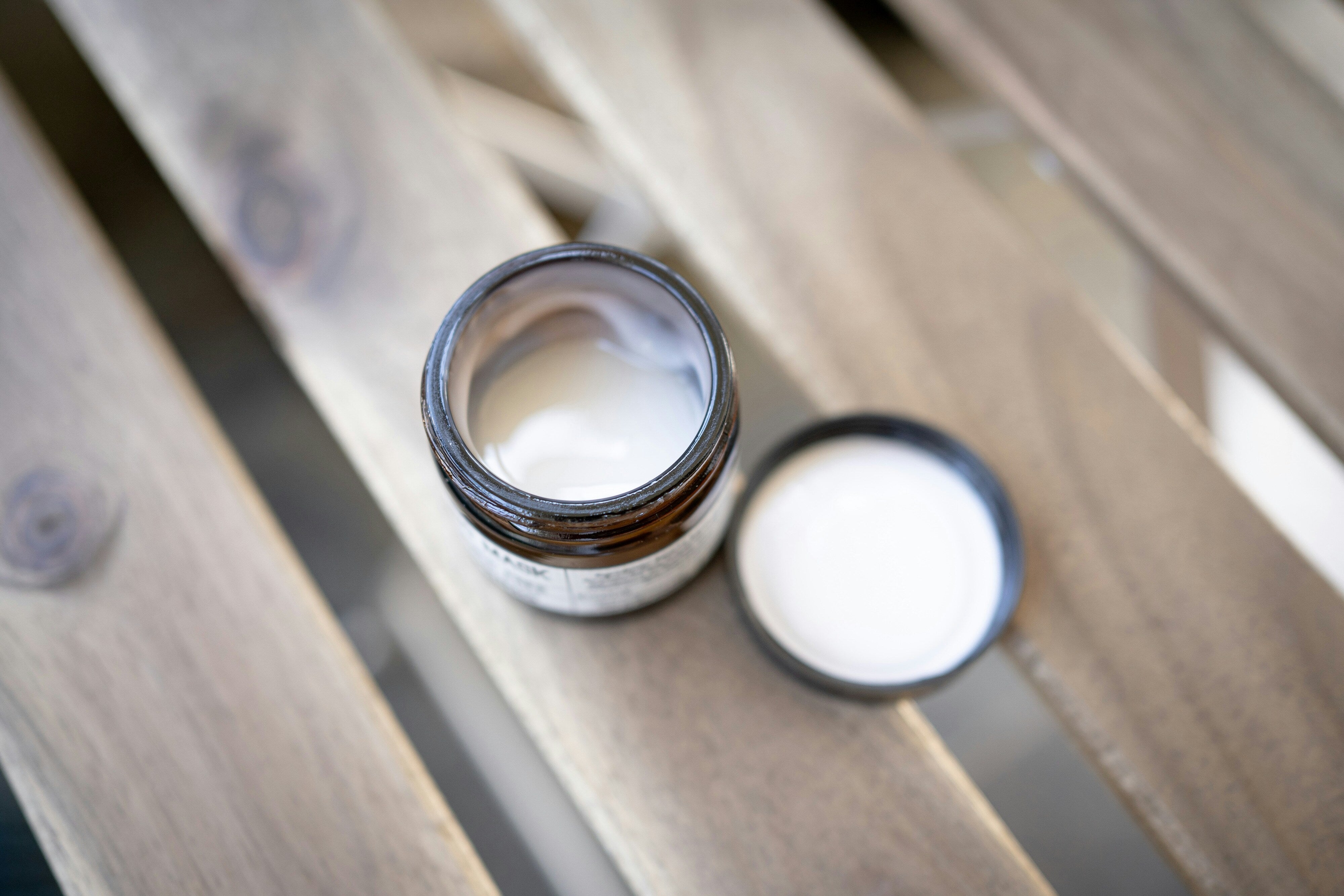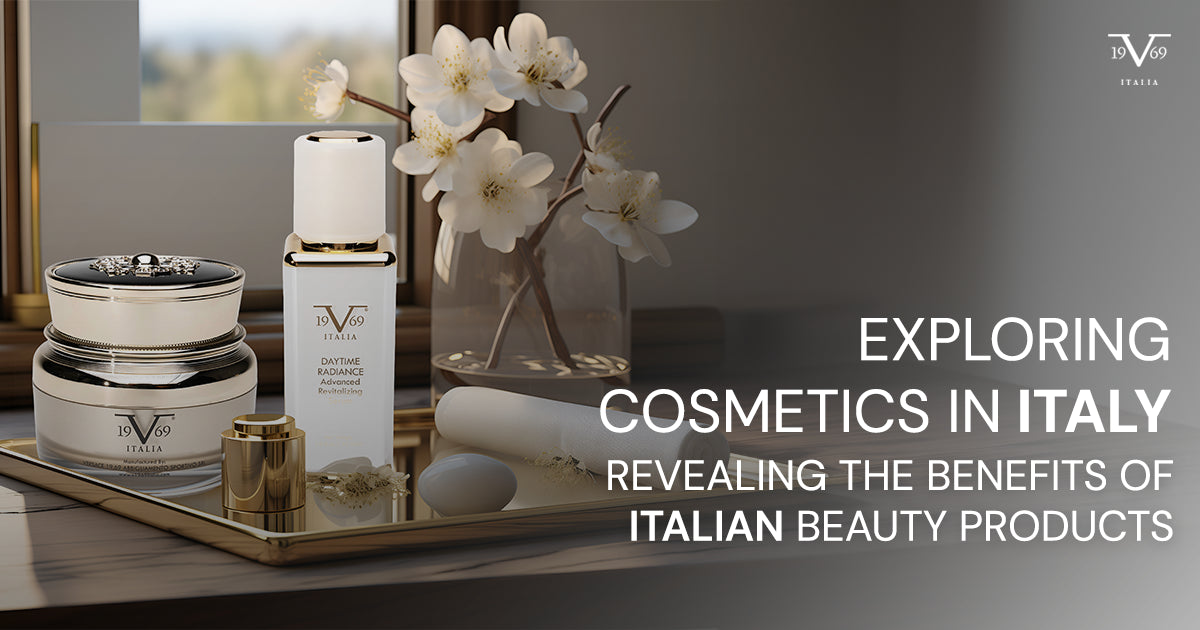
How to Use Retinol Before or After Moisturizer for Best Results?
In the skincare arena, few ingredients have garnered as much acclaim and fascination as retinol. Often hailed as a skincare powerhouse, this derivative of vitamin A has earned its reputation for delivering remarkable results in the quest for youthful, radiant skin. With a plethora of benefits, retinol is a coveted addition to any skincare routine. The allure of retinol lies in its ability to address a myriad of common skincare concerns, ranging from fine lines and wrinkles to acne and uneven skin tone. Its effectiveness in stimulating collagen production, promoting cell turnover, and improving overall skin texture is well-documented, making it a go-to solution for those seeking to combat signs of aging or achieve a clearer complexion.
In this article, we will delve into one of the most frequently debated topics surrounding retinol: whether it should be applied before or after moisturizer for optimal results. By exploring the intricacies of this question and providing insights from skincare experts, we aim to demystify the application process and empower readers to make informed decisions about their skincare routines.
Unlocking the Power of Retinol: Understanding the Skincare Superstar
Retinol, often praised as the holy grail of skincare, is a vitamin A derivative celebrated for its exceptional skin-renewing properties. This powerhouse ingredient stimulates collagen production, a vital protein responsible for maintaining skin's firmness and elasticity. With age, collagen production naturally diminishes, leading to the appearance of fine lines and wrinkles. Incorporating retinol into your skincare regimen effectively combats this process, resulting in smoother, firmer skin with reduced signs of aging.
Moreover, this potent ingredient promotes cell turnover, eliminating old, damaged skin cells and replenishing them with new, healthy ones. This process revitalizes the skin's texture and tone while diminishing dark spots, acne scars, and other imperfections, resulting in a radiant complexion. It's worth mentioning that although retinol offers various advantages, it may lead to sensitivity and irritation, particularly during initial use. Therefore, starting with a low concentration and gradually increasing it as your skin adjusts is recommended. Additionally, sunscreen is crucial during the day to protect against heightened sensitivity to sunlight caused by retinol.
Nourish and Protect: Understanding the Vital Role of Moisturizer

Moisturizer serves as the cornerstone of any effective skincare regimen, playing a crucial role in maintaining skin health and hydration. Let’s explore the importance of moisturizer in conjunction with retinol and provide insights into selecting the right moisturizer for your skin type.
Hydration and Barrier Protection
Moisturizers work by replenishing the skin's moisture content and reinforcing its natural barrier function. This dual action helps to prevent moisture loss and protect the skin from external aggressors such as pollution and harsh weather conditions. By keeping the skin adequately hydrated, moisturizers promote a soft, supple complexion and reduce the risk of dryness, flakiness, and irritation.
Enhanced Absorption of Active Ingredients
In addition to providing hydration, moisturizers can also enhance the absorption of active ingredients such as retinol. By applying moisturizer prior to retinol, you create a hydrated base that allows the active ingredient to penetrate more effectively, maximizing its efficacy without compromising skin barrier integrity.
Tailoring Moisturizer to Your Skin Type
When choosing a moisturizer, it's essential to consider your skin type and specific concerns. For dry or dehydrated skin, opt for rich, emollient formulas that provide long-lasting hydration and nourishment. Those with oily or acne-prone skin may prefer lightweight, oil-free moisturizers that won't clog pores or exacerbate breakouts. Additionally, individuals with sensitive skin should look for fragrance-free and hypoallergenic options to minimize the risk of irritation.
Sun Protection
Many moisturizers also contain an added sun protection factor (SPF), which is crucial for shielding the skin from the harmful effects of UV radiation. When using retinol, it's vital to wear sunscreen during the day, as retinol can increase the skin's sensitivity to sunlight. By incorporating a moisturizer with SPF into your daily routine, you can ensure comprehensive protection against premature aging and sun damage.
Timing is Key: Navigating the Debate of When to Apply Retinol
Determining the optimal timing for applying retinol in your skincare routine can be a source of confusion for many. Here, we'll explore the differing opinions on whether retinol should be used before or after moisturizer and guide the best approach for maximizing its efficacy while minimizing potential irritation.
The Debate: Before or After Moisturizer?
The question of whether to apply retinol before or after moisturizer is a topic of ongoing debate among skincare enthusiasts and professionals alike. Proponents of applying retinol before moisturizer argue that it allows for direct contact with the skin, facilitating better absorption and efficacy. Conversely, advocates for applying retinol after moisturizer contend that it creates a protective barrier that can help mitigate sensitivity and reduce the risk of irritation.
- Before Moisturizer: Enhancing Absorption: Before applying retinol, cleanse your skin thoroughly, then apply a pea-sized amount to the face and neck. This allows direct contact, enhancing absorption and effectiveness. However, it may increase the risk of irritation, especially for sensitive or new retinol users.
- After Moisturizer: Minimizing Sensitivity: On the flip side, applying retinol after moisturizer entails cleansing, moisturizing, and then applying retinol. Moisturizing first creates a protective barrier, reducing potential sensitivity and irritation from retinol. However, this method may lessen retinol's efficacy by creating a barrier that hinders absorption.
Finding What Works for You
Ultimately, the decision of whether to apply retinol before or after moisturizer comes down to personal preference and skin sensitivity. Some individuals may find that applying retinol before moisturizer yields the best results, while others may prefer the added layer of protection provided by applying retinol after moisturizer. It's essential to experiment with both methods and observe how your skin responds to determine the most suitable approach for your skincare routine.
The debate of whether to apply retinol before or after moisturizer underscores the importance of understanding your skin's unique needs and preferences. By experimenting with different application methods and observing how your skin responds, you can determine the optimal timing for incorporating retinol into your skincare routine. Whether you choose to apply retinol before or after moisturizer, consistency and patience are crucial to achieving the desired results while minimizing potential side effects.
Mastering the Technique: Applying Retinol Before Moisturizer

When it comes to applying retinol before moisturizer, precision and technique are paramount. Let’s understand this with a step-by-step guide on how to effectively incorporate retinol into your skincare routine before moisturizing to maximize its efficacy while minimizing potential irritation.
- Step 1: Begin by thoroughly cleansing your skin to eliminate dirt, oil, and makeup residue. Use a gentle, pH-balanced cleanser suitable for your skin type to ensure a clean canvas when applying retinol.
- Step 2: After cleansing, gently pat your skin dry with a soft towel. Avoid rubbing, as it can lead to irritation and sensitivity, especially when using active ingredients.
- Step 3: Dispense a pea-sized amount of retinol onto your fingertips. If you're new to retinol or have sensitive skin, start with a lower concentration to minimize the risk of adverse reactions.
- Step 4: Gently massage the retinol onto your face and neck using upward, circular motions. Avoid the delicate eye area, as retinol may be too harsh for this sensitive area.
- Step 5: Allow the retinol to fully absorb into your skin before proceeding. This may take a few minutes, so be patient and refrain from applying additional products until absorption is complete.
- Step 6: Once absorbed, apply a generous amount of moisturizer to your face and neck. Choose a moisturizer suitable for your skin type and concerns, and gently massage it into your skin using upward motions.
- Step 7: Optionally, layer additional skincare products on top of the moisturizer, such as serums or sunscreen. Ensure each product fully absorbs into the skin before applying the next layer for maximum efficacy.
- Step 8: Finish your daytime skincare routine with a broad-spectrum sunscreen with SPF 30 or higher. Retinol can increase sensitivity to sunlight, so sun protection is essential to prevent sun damage and premature aging.
Achieving Balance: Applying Retinol After Moisturizer

- Begin by cleansing your skin with a gentle cleanser to remove dirt and impurities.
- Pat your skin dry gently with a soft towel, avoiding harsh rubbing.
- Apply a nickel-sized amount of moisturizer evenly to your face and neck, allowing it to absorb.
- After moisturizer absorption, dispense a pea-sized amount of retinol onto your fingertips.
- Gently massage the retinol onto your face and neck, avoiding the eye area.
- Allow the retinol to be fully absorbed before applying additional products.
- Optionally, layer additional skincare products, ensuring each layer absorbs fully.
- Finish your morning routine with broad-spectrum sunscreen to protect your skin from sun damage.
Optimizing Your Routine: Best Practices for Using Retinol with Moisturizer
Choose the Right Products
- Select a retinol product that suits your skin type and concerns.
- Opt for a moisturizer that complements your retinol, focusing on hydration and compatibility with your skin type.
Start Slowly
- Begin with a lower concentration of retinol to minimize the risk of irritation.
- Gradually increase the frequency and concentration as your skin adjusts.
Alternate Nights
- Consider alternating nights of retinol application with nights of moisturizer-only application.
- This can help reduce the likelihood of irritation while still reaping the benefits of retinol.
Apply Sunscreen Daily
- Wear sunscreen every day, even on cloudy days or when indoors. Opt for a broad-spectrum sunscreen with SPF 30 or higher and a PA+++ rating.
- Retinol can increase skin sensitivity to sunlight, making sunscreen essential for protecting against UV damage.
Moisturize Liberally
- Apply moisturizer generously, especially after applying retinol.
- Look for moisturizers with hydrating ingredients such as hyaluronic acid or ceramides to replenish moisture and support skin barrier function.
Listen to Your Skin
- Pay attention to how your skin reacts to retinol and adjust your routine accordingly.
- If you experience excessive dryness, redness, or irritation, scale back on retinol usage or consult a dermatologist for personalized advice.
Be Patient and Consistent
- Results from retinol may take time to manifest, so be patient and consistent with your routine.
- Stick to your regimen diligently, and you'll likely see improvements in skin texture, tone, and overall appearance over time.
Afraid of Using Actives? Try a Retinol Moisturizer
If you're hesitant to use potent active ingredients like retinol directly, consider starting your skincare journey with a moisturizer formulated with retinol. These products offer the combined benefits of hydration and anti-aging properties, simplifying your routine while effectively addressing concerns like fine lines, wrinkles, and uneven skin tone. Incorporating a retinol moisturizer can be a gentle yet effective way to ease into the world of retinol skincare.
Conclusion
The debate over whether to apply retinol before or after moisturizer underscores the importance of understanding your skin's unique needs and preferences. By experimenting with different application methods and following best practices, such as choosing the right products, starting slowly, and listening to your skin, you can harness the transformative benefits of retinol while minimizing potential irritation. Whether you opt to apply retinol before or after moisturizer, consistency and patience are vital to achieving radiant, youthful-looking skin that defies the hands of time. Remember to prioritize sun protection and adjust your routine as needed to ensure optimal results.
FAQs About Retinol
What are the potential side effects of using retinol?
While retinol is celebrated for its numerous benefits, it can also cause side effects such as dryness, redness, and irritation, especially when first introduced to the skin. These side effects are often temporary and can be minimized by starting with a lower concentration of retinol and gradually increasing usage over time. It's essential to listen to your skin and adjust your routine accordingly to mitigate any adverse reactions.
Can retinol be used during pregnancy or while breastfeeding?
It is generally recommended to avoid using retinol during pregnancy or while breastfeeding, as its safety for unborn babies and infants has not been extensively studied. High doses of vitamin A, of which retinol is a derivative, can potentially harm the developing fetus or pass into breast milk. Pregnant or breastfeeding individuals should consult with their healthcare provider before incorporating retinol into their skincare routine to ensure the safety of both themselves and their baby.
Can I use retinol during the day?
Yes, it's perfectly safe to use retinol during the daytime. While retinol can become less effective when exposed to sunlight immediately after application, the risk of sunburn is minimal. Some newer retinol formulations are also designed to remain active in sunlight. However, if you've recently started using retinol, your skin may be more sensitive, in
creasing the risk of sunburn. Therefore, it's crucial to apply sunscreen before heading outdoors to protect your skin.
Is it better to use retinol before or after moisturizer?
There is no one-size-fits-all answer to this question. The decision of whether to apply retinol before or after moisturizer depends on factors such as skin type, tolerance to retinol, and desired results. Some individuals may find that applying retinol before moisturizer allows for better absorption, while others may prefer the added barrier provided by moisturizer when applied after retinol.
What is the best retinol moisturizer for my skin?
The best retinol moisturizer for your skin depends on factors such as skin type, concerns, and preferences. Look for a moisturizer that contains a suitable concentration of retinol for your skin's needs and is formulated with hydrating ingredients to prevent dryness and irritation. Consider consulting with a dermatologist to determine the most suitable product for you.
What are the benefits of using a retinol moisturizer?
Retinol moisturizers offer a dual-action approach to skincare by combining the anti-aging benefits of retinol with the hydrating properties of moisturizer. These products can help improve skin texture, reduce the appearance of fine lines and wrinkles, and promote a smoother, more radiant complexion. Additionally, retinol moisturizers provide essential hydration to the skin, helping to maintain its moisture balance and overall health.
When should I apply retinol before or after moisturizer in my skincare routine?
The timing of retinol application in relation to moisturizer can vary depending on individual preferences and skincare goals. If you're new to retinol or have sensitive skin, you may opt to apply retinol after moisturizer to minimize potential irritation. Alternatively, if you're seeking maximum efficacy, apply retinol before moisturizer to ensure direct contact with the skin.


